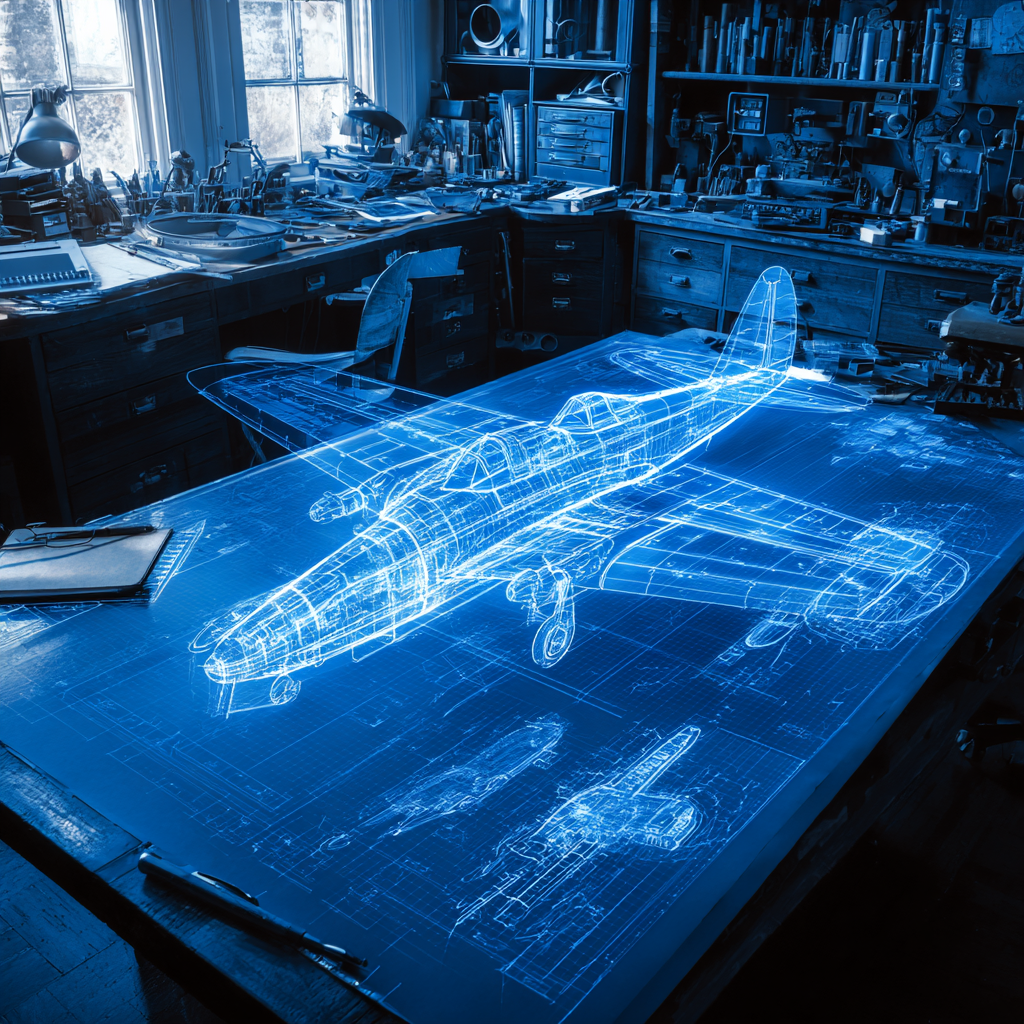Maintaining Aging Aircraft Fleets and Mylar Design Drawings

Take a Look at Our Case Studies!

Maintaining Aging Aircraft Fleets and Mylar Design Drawings
Overview
According to some statistics, as many as 63% of commercial airlines currently flying were built according to designs that are more than 20 years old.
While the planes themselves may not be that old, the designs, and therefore the drawings from which they’re fabricated are.
For instance, all Boeing DC-8, DC-9, DC-10, 707, 727, 737-100/-200, and 747-100/-200/-300 airplanes were designed before 1979 and have accumulated 67 percent of the 403 million total hours flown.
These aging planes and aging designs require regular evaluation and repair in order to safely maintain their structures and mechanical parts. This kind of evaluation, with repair and parts replacement as required, necessitates the maintenance and cataloging of multitudes of original design drawings.
Many of these original designs were created as manual layout drawings, known as undimensioned Mylars.
While Mylar is considered to be a stable base, the truth is that, over time, as Mylars age, they are subject to yellowing, shrinkage, and warping, particularly if storage conditions have been less than ideal.
This destabilization of the original drawings is compounded by the fact that whatever distortion occurs due to the aging process is seldom proportional, so it is impossible to apply a single correction factor to the entire drawing.
Therefore, it is advantageous to convert the original Mylar drawings to CAD.
- CAD files have many advantages over Mylar drawings:
- CAD files do not deteriorate over time.
- CAD files eliminate the need for physical storage space.
- CAD files eliminate the need to redraw the Mylar for modifications
- CAD files reduce the cost of engineering changes
- CAD files can be easily duplicated, updated and transmitted
- CAD files make it easy to share and collaborate on work
- CAD files can be quickly retrieved
Challenges of Converting Mylar Drawings to CAD
Because the accuracy of the final digital CAD file is of paramount importance, considerable care must be taken during the conversion process. Generally, a multi-step conversion process is required. In order to determine what steps need to be undertaken, a CAD Conversion Specialist should perform a technical review of the Mylar drawings. The specialist will look for discrepancies in the original – line width, clarity, stability, and other factors may be considered. Text quality will be confirmed. Once this analysis is complete, the production phase of the conversion process can begin:
- Scanning
The scanning process requires precision large format scanners and an experienced scanning operator. Based on the initial technical review, and his/her knowledge of the scanning process, the scanner operator will determine pre-scan cleanup requirements, scanner settings, and post-scan deskewing and clean-up. QC is performed on the scanned image to ensure that it meets the standards for CAD Perfect™ Conversion.
- Image Enhancement and Editing
Once the scanner operator is satisfied with the quality of the scanned image, it goes to the Image Editing Department, where qualified technicians ensure that all features from the Mylar drawing are exactly duplicated in the scanned image. Electronic cleanup processes ensure that the image is clear, crisp and sharp; background noise will be eliminated, dull edges and faded areas sharpened, and line widths evened.
Additional edits as requested may be undertaken during this stage: removal of date stamps and other markings, for instance. When all edits and enhancements are completed, a CAD engineer with knowledge of aerospace design reviews the image and verifies that all critical features are of the required accuracy and ISO standards.
- CAD Conversion
The final step of the process is the actual conversion to the type of CAD file required. There are many different CAD programs that may be used, including AutoCAD; Revit; Navisworks; MicroStation; VectorWorks; SolidWorks; CATIA and more. Parts of the conversion process may be successfully completed by using professional CAD Conversion from GTX, Hitachi, I/Vector, and Softelec together with in-house programs specifically designed for aerospace conversions. Sometimes, in spite of the stringent editing and image enhancement techniques, areas of drawings may need to be redrawn by experts in order to maintain CAD Perfect™ standards.
- Delivery of Converted Files
The converted CAD files can be delivered in any number of electronic formats including CD, DVD, FTP, and Online Storage with back-up.
Bottom Line
Conversion of Mylar aerospace drawings to CAD benefits support of aging transport systems by enhancing airplane maintenance to better address aging airplane systems; improving reporting of an accident, incident, and maintenance actions; and supporting continued airworthiness of the fleet.
Recent Posts


Tips for Picking the Perfect 3D CAD Viewer for Your Needs
This guide will teach you about 3D CAD viewers and outline considerations to make before picking the right one. We review 5 options and pick a clear winner.

In this guide, you’ll learn how CAD/CAM Services can save you time and money during each digitization project. Digitization can make manufacturing faster than ever before.

How to Build an Aircraft Model by Converting 3D-Scanned STL Files into Functional 3D STEP Files
This in-depth guide will teach engineers how to use 3D-scanned aircraft files and transform them into manufacturable 3D STEP files with fewer mistakes.
